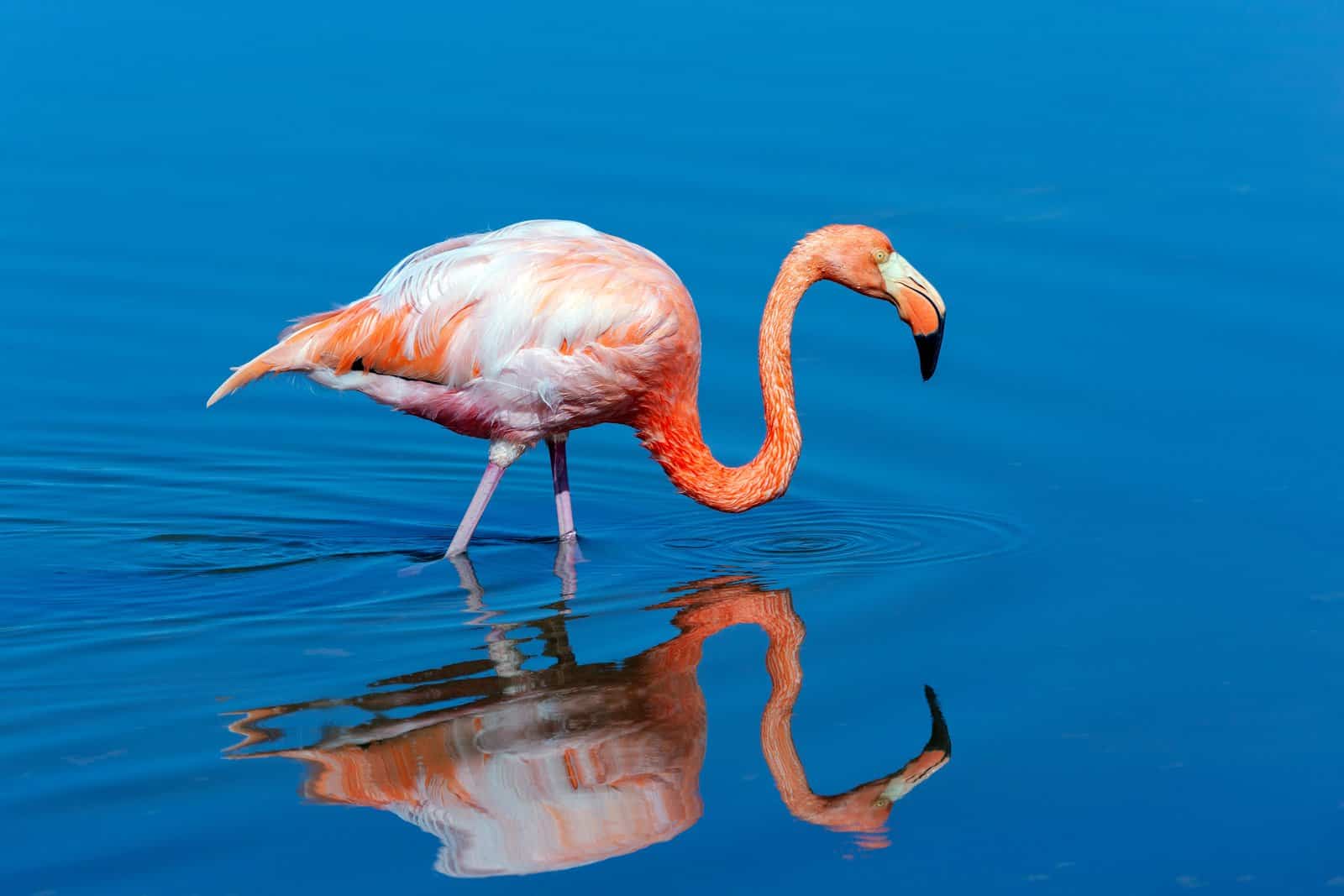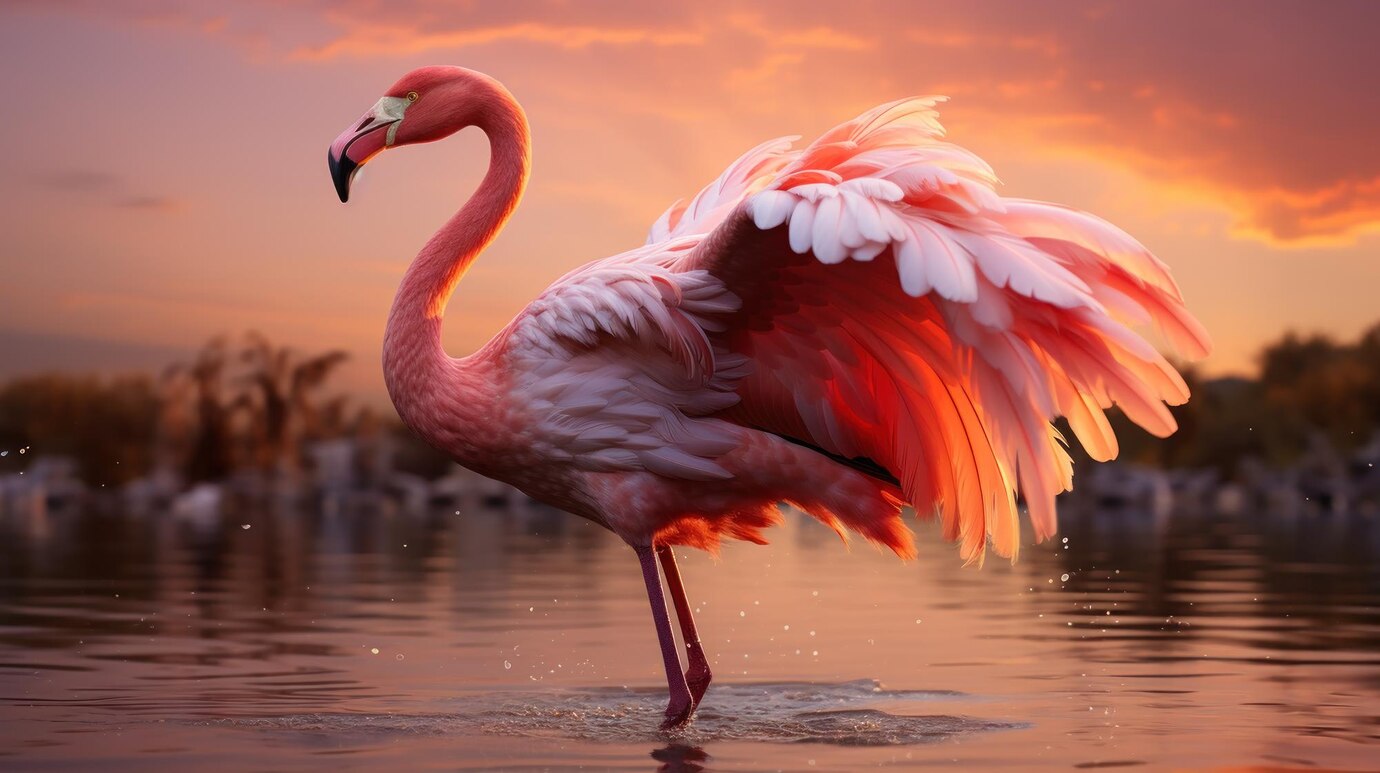Blog
Does Black Flamingo Really Exist Mysterious Bird Facts and Rumors
When it comes to the avian world, few creatures captivate the imagination quite like flamingos. Renowned for their vibrant pink plumage, long legs, and elegant posture, these birds are a symbol of tropical locales and are often seen in picturesque landscapes. However, a shadowy rumor has emerged in recent years: the existence of a black flamingo. The concept is both intriguing and perplexing, prompting many questions about whether a bird of such striking appearance could truly exist. In this blog post, we will explore this phenomenon, delve into the fascinating world of flamingos, and separate fact from fiction.
The Allure of the Black Flamingo
The idea of a black flamingo has kindled curiosity and speculation. Images purporting to show these elusive birds have circulated widely on social media and in various online forums, often accompanied by tantalizing claims about their habitat, behavior, and rarity. However, the question remains: is there any truth to the existence of the black flamingo, or is it simply a product of myth and misinformation?
>>> Buy now: Aloha Lgbt Flamingo Hawaiian Shirt Tropical Tropical Hawaiian Shirt For Men Women
Flamingo Anatomy 101
Before diving into the specifics of the black flamingo, let’s briefly review the characteristics of the flamingo species. Most people are familiar with the classic (and indeed, iconic) pink flamingo, but it may surprise you to learn that there are six species of flamingos, including:
Greater Flamingo (Phoenicopterus roseus)
Lesser Flamingo (Phoenicopterus minor)
American Flamingo (Phoenicopterus ruber)
Andean Flamingo (Phoenicoparrus andinus)
James’s Flamingo (Phoenicoparrus Jamesi)
Chilean Flamingo (Phoenicopterus chilensis)
Flamingos earn their pink coloration primarily from the carotenoid pigments found in the algae and crustaceans they consume. The intensity of their hue can vary based on their diet, with some flamingos appearing pale pink or even whitish if their diet is deficient in these pigments.
The Myth of the Black Flamingo
The notion of a black flamingo stems from a combination of artistic inspiration, misidentification, and exaggerated storytelling. The most frequently cited source of the black flamingo legend relates to a rare genetic variation in flamingos that produces a condition known as melanism. Melanism is an increased developmental production of melanin, resulting in darker pigmentation. While such a phenomenon can occur in various animal species, there are no confirmed sightings or scientific documentation of a melanistic flamingo in the wild.
In some instances, photographs that claim to depict black flamingos are actually of birds with unusually dark feathers or birds with unusual lighting conditions that create the illusion of darker plumage. These images can lead to confusion and misinformation, ultimately feeding into the mythos of the black flamingo

Documented Sightings and Color Variations
While no scientifically verified instance of a black flamingo exists, there have been reports of flamingos displaying various degrees of color variation. Some flamingos may appear nearly gray due to specific environmental factors or because they are younger birds that have not yet developed the full range of pink pigmentation. For instance, juvenile flamingos exhibit a brownish or grayish hue that changes to pink as they mature and begin to consume a diet rich in carotenoids.
Moreover, there have been isolated reports of flamingos exhibiting unusual colorations due to external factors, like environmental stressors or diseases that could affect their feather pigmentation. However, these instances do not amount to a stable, persistent form of a black flamingo.
Cultural Representations and Artistic Interpretations
The intrigue surrounding the black flamingo has also found its way into art, literature, and even fashion. Sculptures, paintings, and installations featuring black flamingos often draw on the allure of the mysterious and the unknown, using the idea as a canvas for creative expression. In many cases, these representations serve as metaphors for uniqueness, rarity, or the beauty of diversity in nature.
This cultural phenomenon contributes to the perpetuation of the black flamingo myth, underscoring how art can inspire and shape perceptions of wildlife, blurring the lines between reality and imagination.
Conservation Status of Flamingos
Regardless of the existence of a black flamingo, it is essential to recognize the conservation status and challenges faced by flamingo species worldwide. Many of the habitats supporting flamingo populations, such as wetlands and coastal areas, are under threat due to human activities, pollution, and climate change. Ensuring the survival of these vibrant birds depends on collective efforts in habitat preservation, responsible tourism, and conservation initiatives.
Organizations dedicated to wildlife conservation are working to educate the public about the needs of flamingos and other vulnerable species. By protecting their natural environments, we can celebrate the stunning characteristics of flamingos while safeguarding their future.
Enigmas of Nature
The question of whether the black flamingo truly exists may not have a definitive answer, but it encapsulates the broader allure of nature’s mysteries. It serves as a reminder of the diversity and complexity of the avian kingdom, where the boundaries of reality and myth often intertwine.
>>> Read more: Where to buy good quality and cheap blue Hawaiian shirts
In this age of information and misinformation, critical thinking and scientific verification are essential when encountering claims about extraordinary creatures. As we continue to marvel at the wonders of the natural world, let us celebrate the flamingos we know—those iconic pink birds that adorn our landscapes—and remain curious about the unexplored mysteries that nature has yet to reveal. Whether or not a black flamingo exists, the fascination with such enigmas encourages us to appreciate and protect the diverse species that share our planet.


